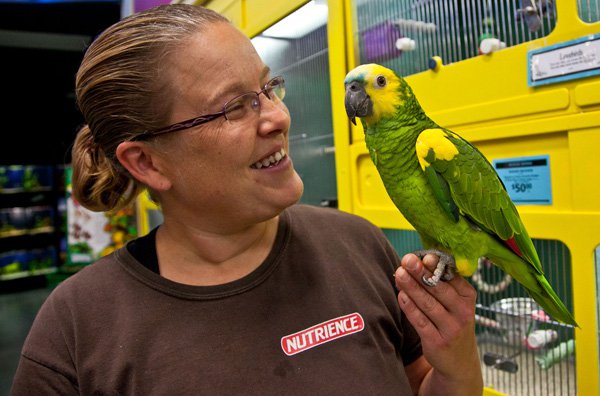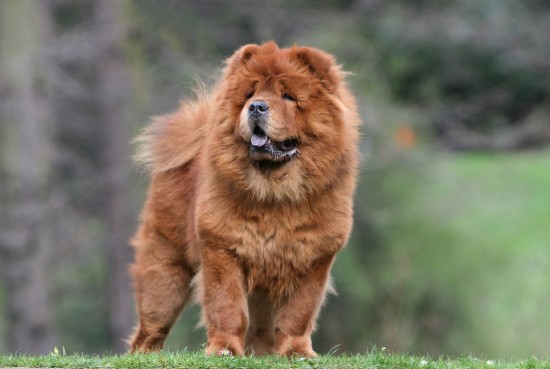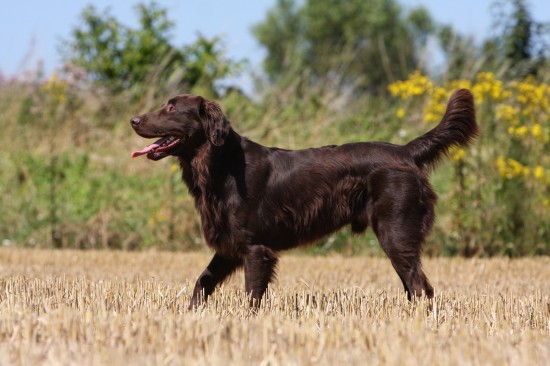
A dog that lunges and reaches out to nip cars is entertaining a risky hobby. This vice could send the dog, you or both of you in an accident. The sooner the dog is corrected, or made to understand how...
A dog that lunges and reaches out to nip cars is entertaining a risky hobby. This vice could send the dog, you or both of you in an accident. The sooner the dog is corrected, or made to understand how undesirable this is, the better. Below, some Labrador Retriever Training tips are outlined to show you how to send a dog that signal.
1. If you are just beginning in training the dog, get started on working on the dog's basic obedience. Then bring the dog to a public sidewalk; one near Petsmart is good since dogs are allowed there.
Practice first some related lessons, like heels and sit-stays. Then give plenty of praise so that the dog knows it is progressing with correct stuff. Wait for cars to go by for a chance to give an informative correction. Your conversation with the dog would go something like this: "Dutch, heel. Good girl! Sit? good dog". Car approaches, Dutch lunges, meaningful leash correction along with a "NO!" or "Leave it!" Dog stops lunging. "Sit! Good boy!".
You need to do this several times for things to sink in. It is also important that the dog be given the chance to do the right thing, and that it be able to earn your praise. Ultimately, the dog gets to figure out the difference between praise and correction, and will be less likely to do again the behavior that results to reprimanding.
2. Now, some more about the correction process itself. When the dog lunges at the car, say strongly but not in an emotional way "Leave it!" then snap the leash hard. Note that a hard snap is not the same as a plain, old forceful snap of the leash. When the dog stops lunging, you have the dog's attention and your correction is accepted. Otherwise, you need to know your correction is not working.
But if the correction does not work, the obvious course of action is to do the command and the correction once more, but with more force this time. If the dog yelps, then you've hit the level needed to make the latest leash-snap work. At most, you will need only two to five of these leash snaps in order for the dog to get the message.
To end these Labrador Retriever Training tips, note the importance of helping the dog to understand what the correction is for, and that it got praise when it stopped the undesirable behavior.
Article Tags: Labrador Retriever Training, Retriever Training Tips, Labrador Retriever, Retriever Training, Training Tips
 Pet insurance saves lives. Get yours with Cutest Paw
Pet insurance saves lives. Get yours with Cutest Paw
Pet insurance saves lives. Get yours with Cutest Paw
Pet insurance saves lives. Get yours with Cutest Paw
 Obesity In Cats
Obesity In Cats
Obesity In Cats
Obesity In Cats
 Some Horse And Pony Basics - Colours, Types And Markings
Some Horse And Po
Some Horse And Pony Basics - Colours, Types And Markings
Some Horse And Po
 Top Tips On How To Keep A Chow Chows Coat Looking Good
Top Tips On How T
Top Tips On How To Keep A Chow Chows Coat Looking Good
Top Tips On How T
 Some Frequently Asked Questions About The Flat Coated Retriever
Some Frequently A
Some Frequently Asked Questions About The Flat Coated Retriever
Some Frequently A
Copyright © 2005-2016 Pet Information All Rights Reserved
Contact us: www162date@outlook.com